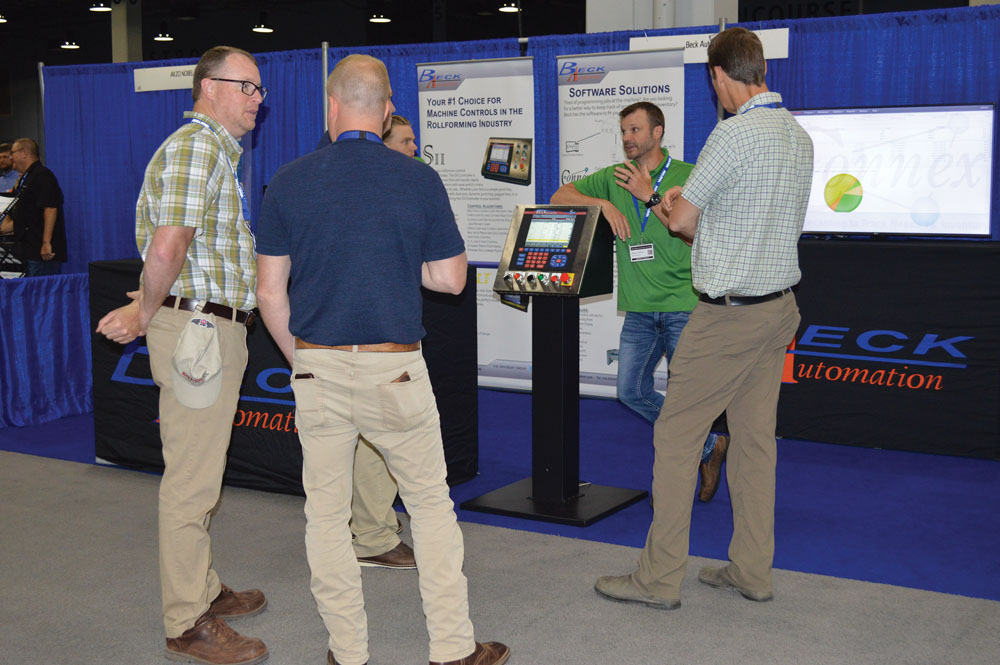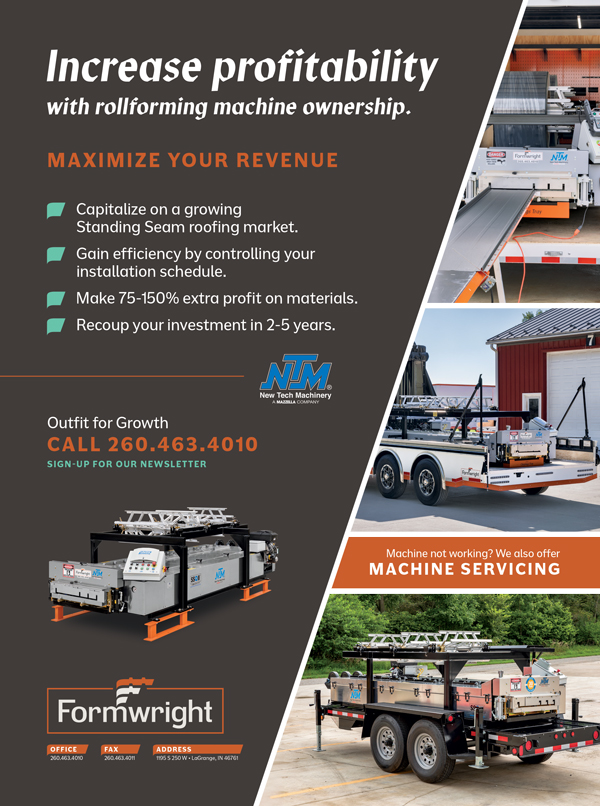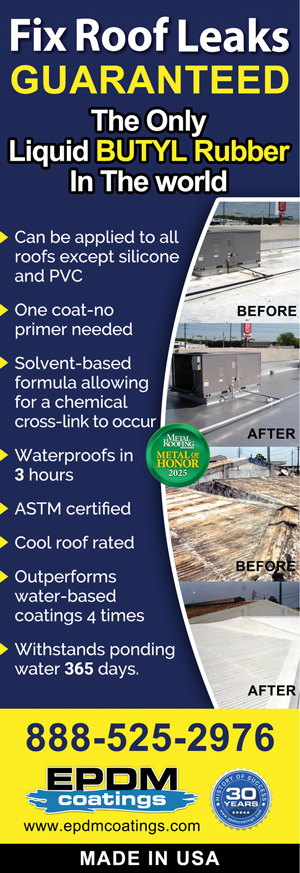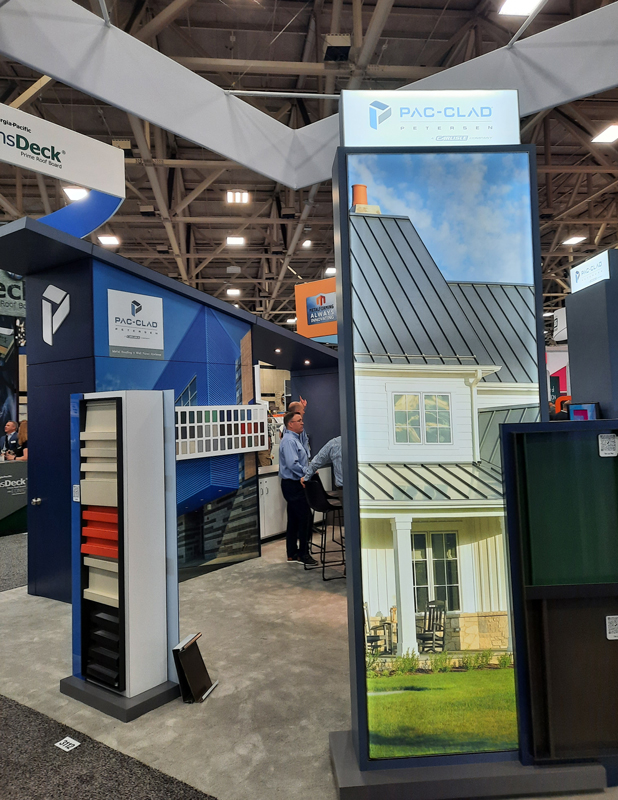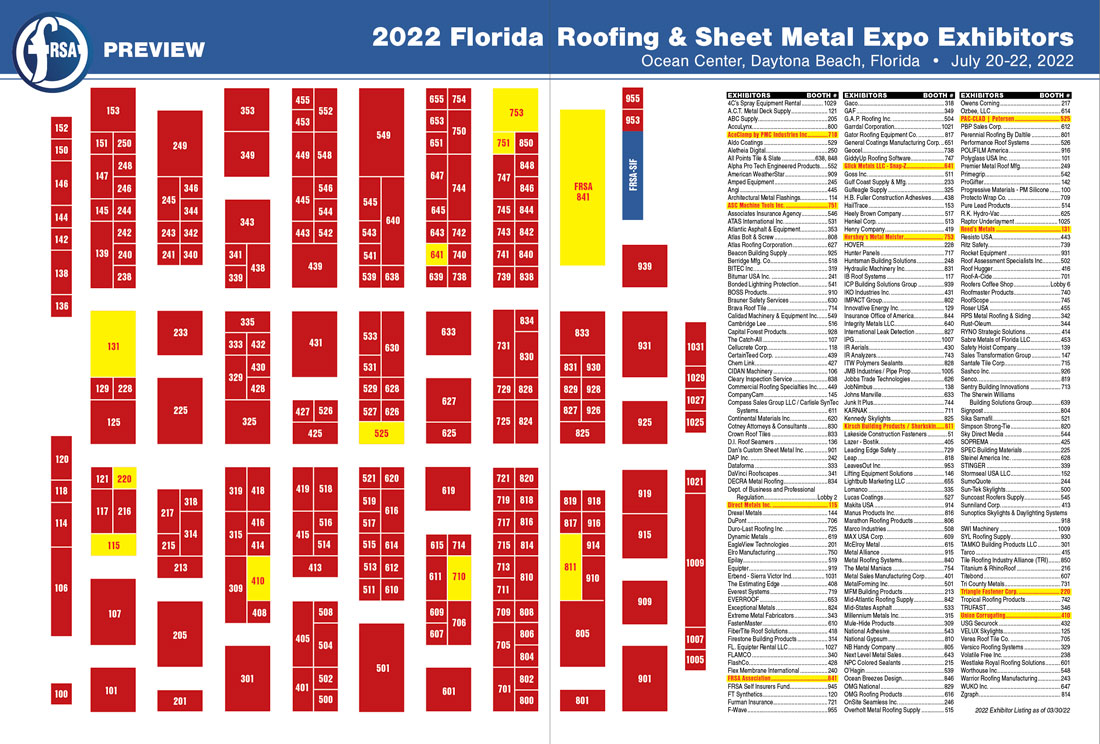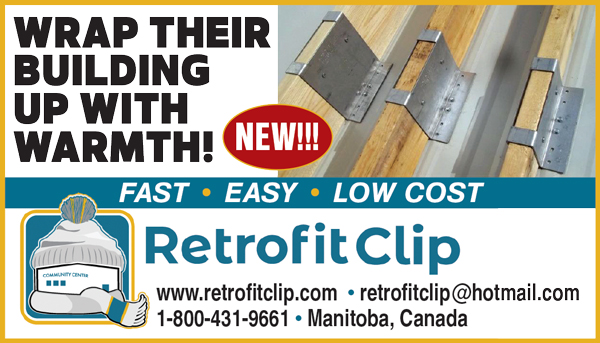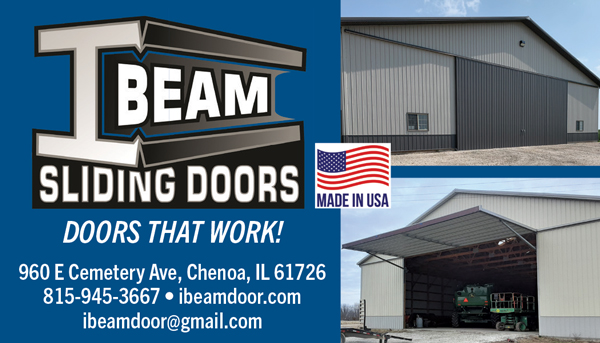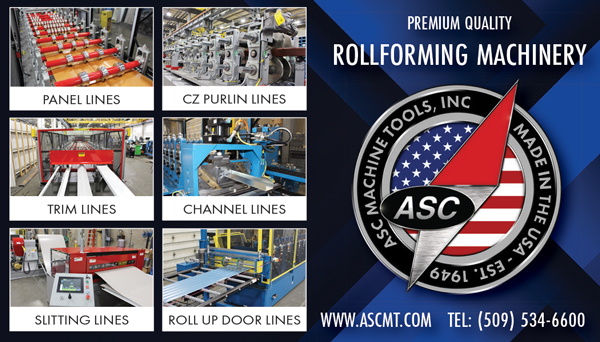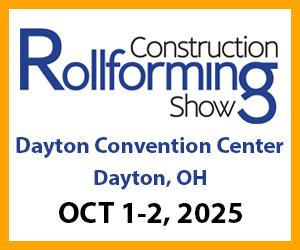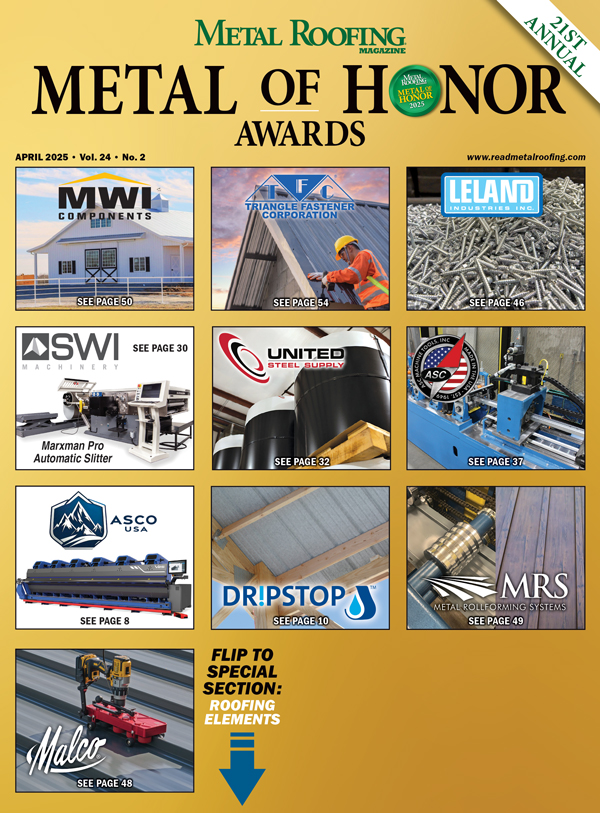By Gary Reichert
Fall has arrived again. It happens every year about this time. The other thing that starts now Is trade shows. Most of the large shows in our Industry occur either In Fall (Fabtech, METALCON and the Construction Rollforming Show) or early In the New Year (International Roofing Expo, Frame Building Expo, and the Garage, Shed & Carport Builder Show).
Last year we reviewed a few ways to make shows successful for both attendees and exhibitors. Those articles are still available online [ATTENDEES / EXHIBITORS], in their complete form.
Some highlights worth revisiting are the big takeaways.
Bullet Points For Review:
• Find the right show
• Is the focus of the show appropriate to your business?
• Make sure the show’s strengths match your objectives.
■ Strengths could be education, networking opportunities or specific exhibitors.
• Location, travel, expense and timing of the show
■ If you are driving, check the availability and convenience of parking at the show venue.
• Make the most of your time at the show
• Establish objectives and focus on your goals.
• Work the show floor and have a list of “must see” exhibitors.
• Be prepared for opportunities in strange places. People are in places other than their booths.
• Have and practice your elevator pitch. A 15-second, brief overview of what you bring to the party.
• Shows are busy the first day and slow the last. Use that to your advantage.
• Avoid common mistakes:
• Plan travel and have a Plan B. Flights scheduled are currently often erratic.
• If you make a critical contact, follow up.
• Any critical information (business cards, etc.) take pictures with your cell phone in case they are lost.
• Don’t take everything you are given. Most literature is available online; why carry what you don’t need?
• Be considerate. Do not try to sell to the exhibitors. Most shows have rules that non-exhibiting vendors can be ejected.
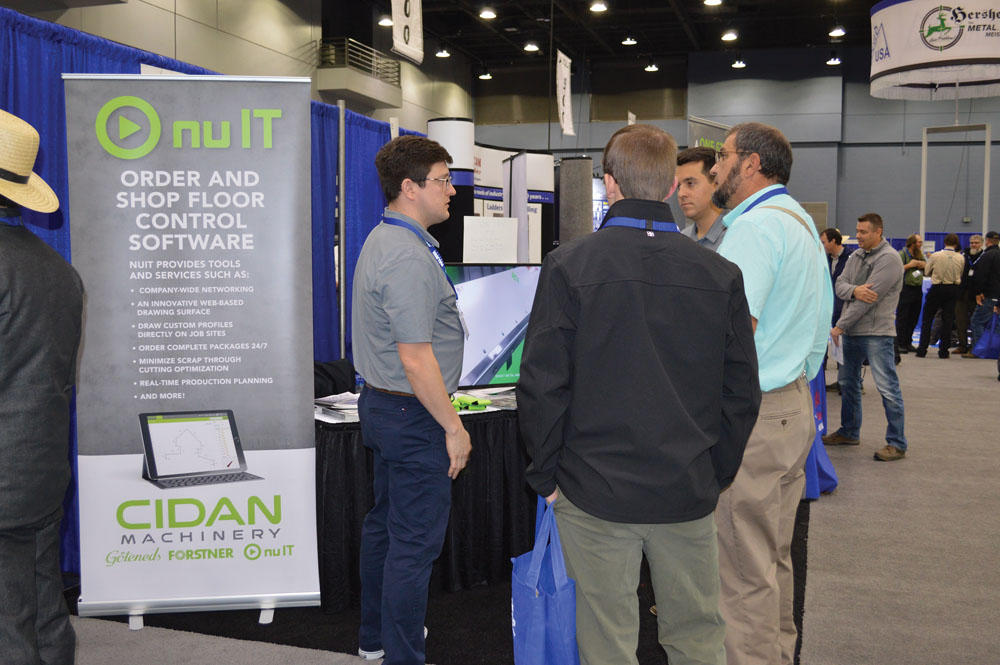
To Do #1
The #1 next thing to do is take advantage of the face-to-face opportunities.
One of the biggest advantages of a show is the time spent with vendors, customers and peers. Meeting live and in person provides unique opportunities to make and advance relationships faster and in ways not possible in email or video meetings. Relationships are the key to building long-term success in this or any business-to-business endeavor. Use this opportunity to full advantage. Here are a few suggestions:
There is a saying: “A good sales person has the gift of gab, a great sales person listens twice as much as they talk.” It is human nature to tell others about yourself. It plays toward ego and the social nature of humans. Use this to your advantage.
The objective of listening is to acquire information. The easiest way to get people to talk is to ask questions.
Understand the function of questions. There are two types of questions with different purposes.
Closed questions often have yes/no or a one word answer. Closed questions are designed to confirm Information the questioner already knows or limit the response to allow the questioner to maintain control of the conversation. An example would be, “Can I borrow a pen? The answer is yes or no, and the objective of the conversation is met. Both parties can move on. Closed questions have strategic value in a conversation but have an Implied “stop” command after the answer is supplied.
Open-ended questions are designed to have the person answering elaborate and share information. An example would be: “Why do you need a pen?” A closed follow-up would be: “Did you need to sign something?” The closed question has another yes/no answer, and the conversation stops. The open question requires a broader answer with the speaker sharing more information.
Open-ended questions help you make the conversation more personal, which is one of the keys to building relation-ships. They create the opportunity to learn something new about the person or subject you are dealing with. Exhibitors at trade shows talk to show attendees, one after another in rapid succession for several days. They will discuss their products hundreds of times during the show, typically falling into patterns using the exact same phrase over and over. There will be far fewer conversations where their kids and yours go to the same college or where both people collect Beatles records. These conversations stand out and are what they will remember after the show.
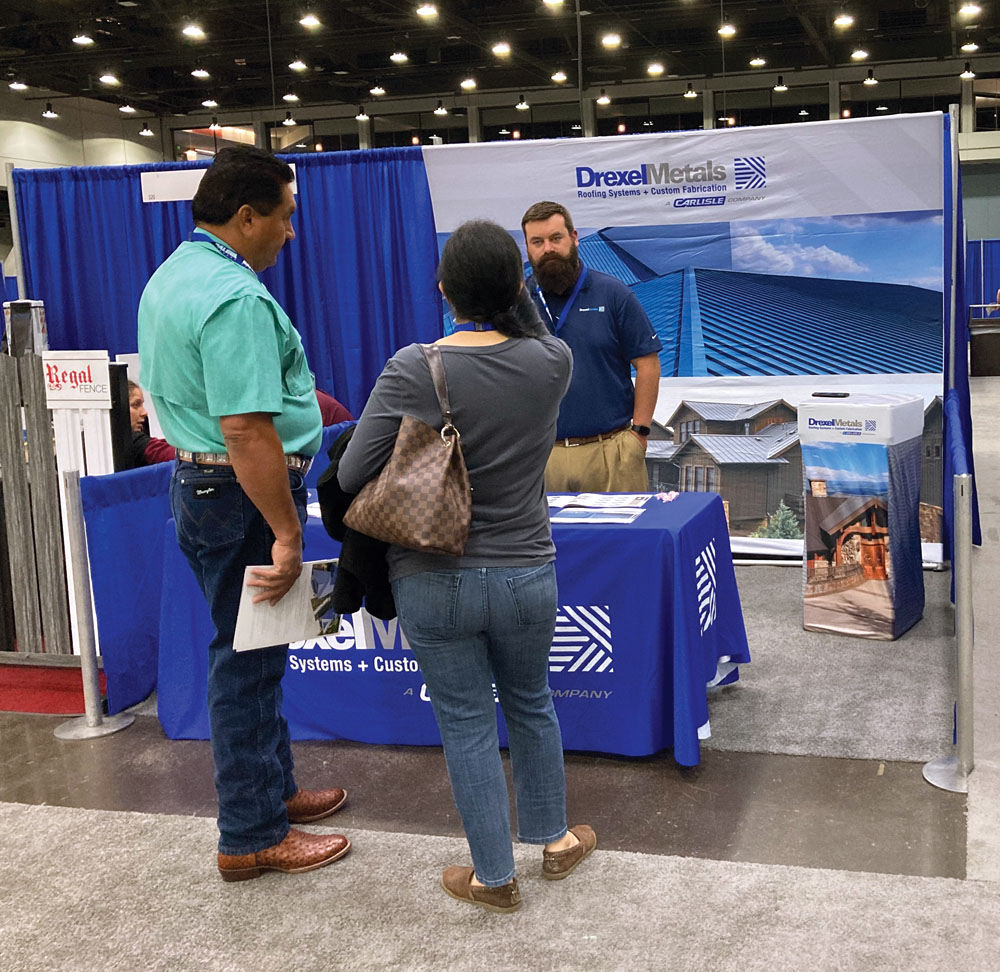
To Do #2
The #2 thing is to follow up.
This item was mentioned in the first article, and is referenced In the bullet points, but it is so important that it bears repeating. If the contact or conversation is important, follow up!
It is unrealistic to expect salespeople at a show to remember you. The good ones will, but when you walk a show and one third of the people manning booths are staring at their phone, it is obvious there are not that many good sales-people. Unless a salesperson has a reason to view you as a legitimate prospect, the harsh reality is you will probably not be remembered. A detail or two will help you stand out. Also share a personal detail if there are similarities or shared experiences.
The salesperson may or may not remember you, but show you remember them. It will build the relationship and make it more likely for the person to respond. Take advantage of the information gained with open questions to re-establish the personal connection. An email example could be: “Hi John, I hope your son’s birthday party was a success. Five is a fun age.” Then, move on to what you wanted to discuss. The formula for a successful business contact is: Courtesy, Purpose, Action. The personal item is the Courtesy phase and leads to “I am emailing because …”
Building relationships is about the other person — not you. If you have personal knowledge about the other person, they feel obligated to reciprocate. Use that social pressure to your advantage. It Increases the likelihood you will receive a response. I am old enough that having to “sell” a salesperson seems ridiculous, but, unfortunately, it is common today.
Conclusion
There are many ways to work a trade show. Times have changed and many of us gray beards remember the old days. No sitting in the booth. Say hello and shake hands with everyone, even people passing in the aisle. I still have our business cards blank on the back so we can take notes. Now badge scans and digital cards have changed the dynamic. But no matter what changes, the person-to-person contact and following up after the show will remain good practices. Whether you go to METALCON, the Construction Rollforming Show or another show, take the steps to maximize your return on your investment and make it a success. MR
Explore The Benefits of Rolling Your Own Panels
When you manufacture your own roof panels and trims, you have better control of your company’s destiny.
Over the last two years, we’ve heard reports of a lot more supply chain issues than normal. Taking a kink out of the supply chain is only one of the benefits of roll forming and brake forming your own panels and trims. Other benefits include:
Waste management — You only roll or bend the sizes and quantities of components that are needed. There’s no “minimum order” to deal with and you can witness and assess any coil stock variances before they become problematic.
Increase profit margins — With less waste, you’re not paying for material that ends up in the scrap pile. Plus, if you’re controlling the production, you know how much the labor to roll the form the material will cost.
Independence — You can work on your own schedule; you are not reliant on a supplier’s schedule and manufacturing capabilities.
Quality control — Since you’re manufacturing the panels and components yourself, you can’t be displeased with your supplier.
Shipping — Rolling or folding at your own facility, there are no shipping delays or shipping costs. Concerns about damage during shipping are also eliminated.
Only you can determine whether the time is right to start manufacturing your own panels. However, contractors considering the purchase of metal forming equipment should start by educating themselves on various equipment types. Shop around, and consider not only the price but quality reputation, warranties, and service.
There’s only one trade show that is 100% dedicated to roll forming building components: The Construction Rollforming Show. Taking place in New Orleans Oct. 26-27, this show consists of an exhibit floor filled with material suppliers and equipment manufacturers, as well as educational programming that is included to teach component manufacturers — and prospective component manufacturers — what they need to know to be successful.
Details are added to the show website, www.constructionrollformingshow.com, as they develop. MR
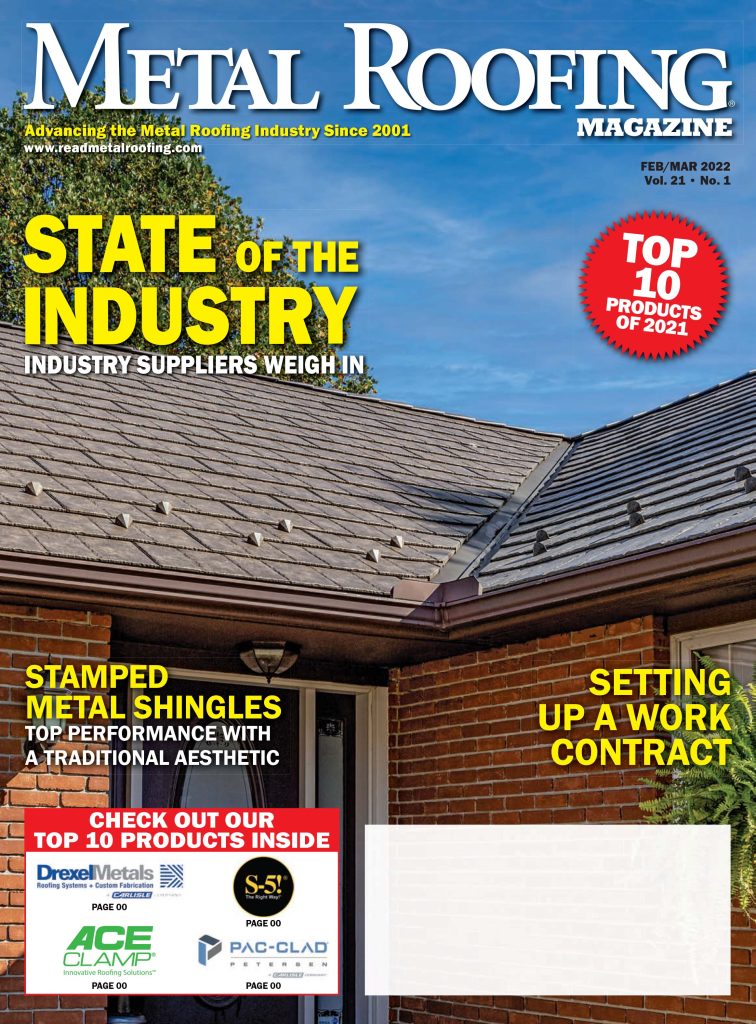
Sign Up For A Free Subscription
Anyone who is involved in the construction trade is welcome to sign up for a free print or digital subscription to Metal Roofing Magazine, which has been advancing the metal roofing industry since 2001. This go-to resource for metal roofing professionals is published 7 times per year.


